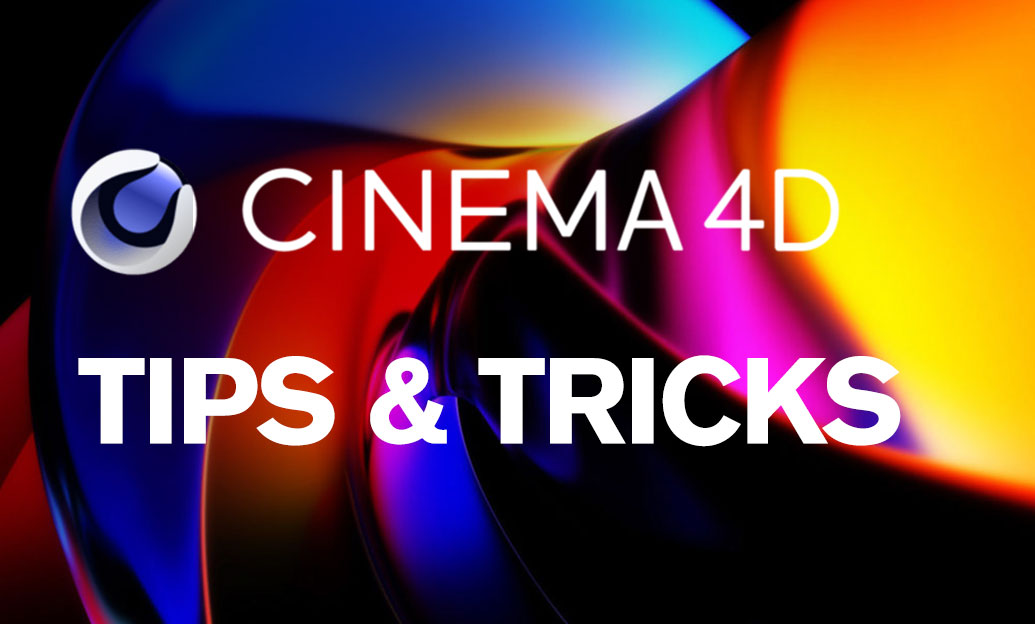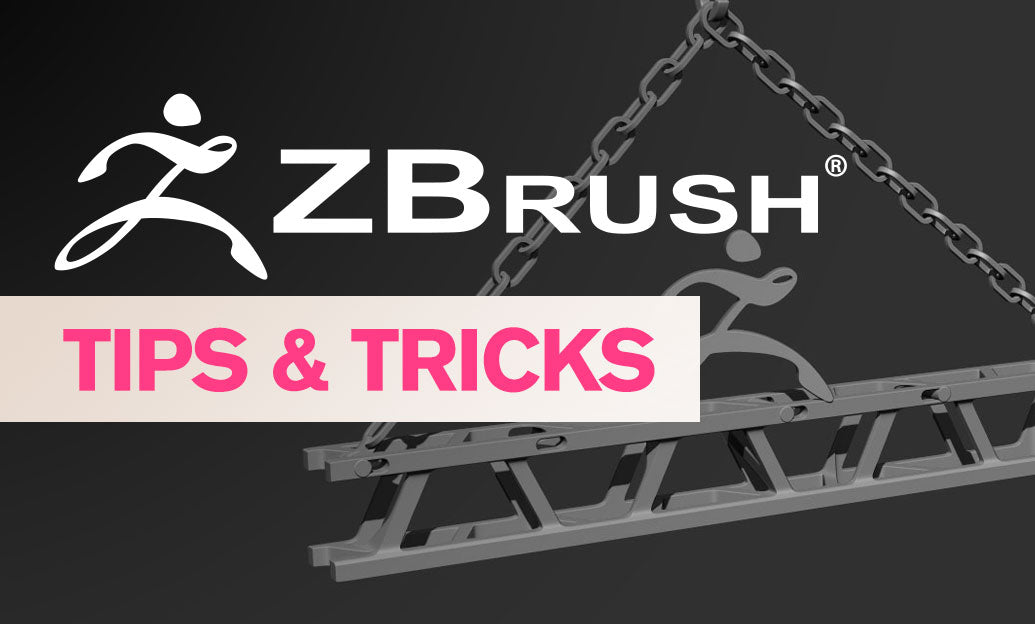Your Cart is Empty
Customer Testimonials
-
"Great customer service. The folks at Novedge were super helpful in navigating a somewhat complicated order including software upgrades and serial numbers in various stages of inactivity. They were friendly and helpful throughout the process.."
Ruben Ruckmark
"Quick & very helpful. We have been using Novedge for years and are very happy with their quick service when we need to make a purchase and excellent support resolving any issues."
Will Woodson
"Scott is the best. He reminds me about subscriptions dates, guides me in the correct direction for updates. He always responds promptly to me. He is literally the reason I continue to work with Novedge and will do so in the future."
Edward Mchugh
"Calvin Lok is “the man”. After my purchase of Sketchup 2021, he called me and provided step-by-step instructions to ease me through difficulties I was having with the setup of my new software."
Mike Borzage
V-Ray Tip: Selecting the Optimal Anti-Aliasing Filter for Enhanced Image Quality in V-Ray Renders
June 28, 2024 2 min read

When working with V-Ray, one of the finer points of rendering that can significantly affect the final image quality is the choice of anti-aliasing filter. Anti-aliasing is essential for removing jagged edges and ensuring smooth transitions between colors in your renders. Here's a breakdown of how to understand and select the right V-Ray anti-aliasing filter for your projects:
- Box Filter: This is the simplest filter, averaging pixel colors in a straightforward manner. It's fast but can result in a less sharp image. Use it for test renders or when you need speed over precision.
- Triangle Filter: Offering a balance between speed and quality, the Triangle filter provides smoother results than the Box filter but still retains some of the sharpness, making it a good choice for most general rendering tasks.
- Gaussian Filter: The Gaussian filter delivers a smoother result by giving more weight to the pixels at the center of the filter region and less to those further away. It can help in reducing aliasing artifacts but may blur fine details.
- Mitchell-Netravali Filter: This is a good all-purpose filter that sharpens the image while still smoothing out the edges. It's a popular choice for its balance between image sharpness and anti-aliasing.
- Lanczos Filter: The Lanczos filter is known for preserving high-frequency details, making it suitable for high-resolution renders where detail is critical. However, it might introduce ringing artifacts, so it should be used judiciously.
- Area Filter: This filter is similar to the Box filter but with a smoother falloff. It tends to produce a softer image and can be useful when aiming for a more cinematic look.
- Sinc Filter: Ideal for scenes that require the preservation of detailed textures, the Sinc filter maintains a high level of detail. Due to its ringing effect, it is less commonly used for final renders.
Choosing the right filter will depend on the specific requirements of your render. Factors to consider include the level of detail in the scene, the desired sharpness, and the acceptable trade-off between render time and image quality. Always perform test renders with different filters to compare results. For further exploration of V-Ray features and best practices, visit NOVEDGE, a leading online software store for design professionals.
You can find all the V-Ray products on the NOVEDGE web site at this page.
Also in Design News

Cinema 4D Tip: Advanced Techniques for Enhancing Particle Textures in Cinema 4D
October 16, 2025 2 min read
Read More
Bluebeam Tip: Streamline Document Consistency with Custom Text Styles in Bluebeam Revu
October 16, 2025 2 min read
Read More
ZBrush Tip: Mastering ZRemesher for Optimal Topology in ZBrush
October 16, 2025 2 min read
Read MoreSubscribe
Sign up to get the latest on sales, new releases and more …


